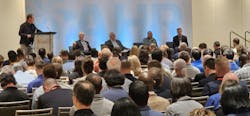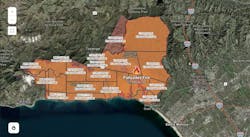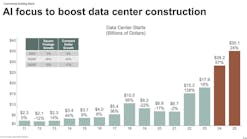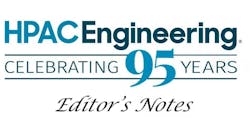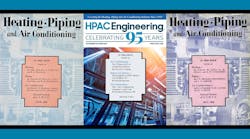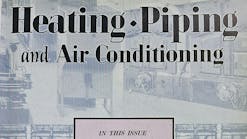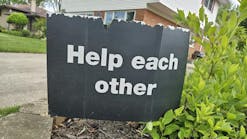Driving across the U.S. this fall on our first extended trip anywhere during the pandemic, my wife and I had many hours to discuss many things while traveling to and from an emotional, (fully vaccinated) family memorial service in New England. At one point, while checking my phone for GPS directions, navigating from the passenger seat, I was struck by all the high-tech around me on the highway.
“Can you imagine that basically all of this has happened in just the last 100 years?” I asked my wife. “Just look around. All of these people of different backgrounds, levels of education, even science deniers — ALL of them — can operate these complex machines, at high speed, that weren’t really even a fantasy a century ago.”
It gave me hope. Even as our struggling nation was reeling from the pandemic’s latest curveball, the deadly Delta variant, I could not help but marvel at the relentless pace of human progress, and I wondered where we might yet be 100 years from now. And then my wife said, “And you know who we can thank for that, right? Engineers.”
Boom! She was right.
So much of where we are today can be attributed to the restless minds and boundless problem-solving creativity of professionals like you, our readers. Which reminds me of the optimism voiced by Carrier alum and USGBC co-founder, Rick Federizzi, now chair of the International WELL Building Institute. Speaking in July on ‘HPAC On the Air', Federizzi said:
“Years ago, I remember being at the ‘Greening of the White House’ ceremony and Amory Lovins from the Rocky Mountain Institute was there. I asked him, “What are we going to do with all the refrigerants being phased out in the U.S.? And the chillers? And all the toxicity associated with them?” He just looked at me and smiled. “Don’t worry about it,” Amory said. “The engineers will figure it out.”
More of that hopeful, can-do ethos can be heard in our September podcast with Dr. Bill Bahnfleth, P.E., the former ASHRAE president who was called upon to lead the group’s Epidemic Task Force early last year. That work continues, of course, and I encourage you to read the partial transcript in our new print issue, and to listen to the full interview online in our Members Only section. (Don’t worry. Registration is free!)
To me, it is truly inspiring to learn how HVAC engineers have rallied in the midst of a global crisis to research, debate and formulate evolving guidance about buildings and public health for a frightened world. Of course, as the term “debate” implies, there is not always consensus about the role that engineers can and should play in the realm of public health.
Toward that end, I encourage you to read and compare our interview with Prof. Bahnfleth with the contributed op-ed by fellow HPAC Editorial Advisory Board member Ken Elovitz, P.E. Ken argues that building engineers should not be put in the position of being “responsible” for the health of building occupants.
Lastly, October is Cybersecurity Awareness Month. If you’re not aware of that, you are not alone. And that’s part of the problem, when we take our I.T. for granted. Like most businesses in most industries, U.S. engineering firms are now at risk for ransomware schemes that are freezing computer systems and threatening to shut down operations. One large Midwest firm recently told us that they had only avoided disaster because they had coincidentally just backed up all of their I.T. systems the day before the hackers struck!
With all that in mind, I invite you to check out are informative and on-point October podcast with “chief security fanatic” Nick Espinosa, an acclaimed cybersecurity expert and technologist who advises multiple industries, including design and construction. So listen in for Halloween. Nick will scare you, but in the end, he may also save you a lot of money.
##########
Comments?
Please e-mail me at [email protected].
